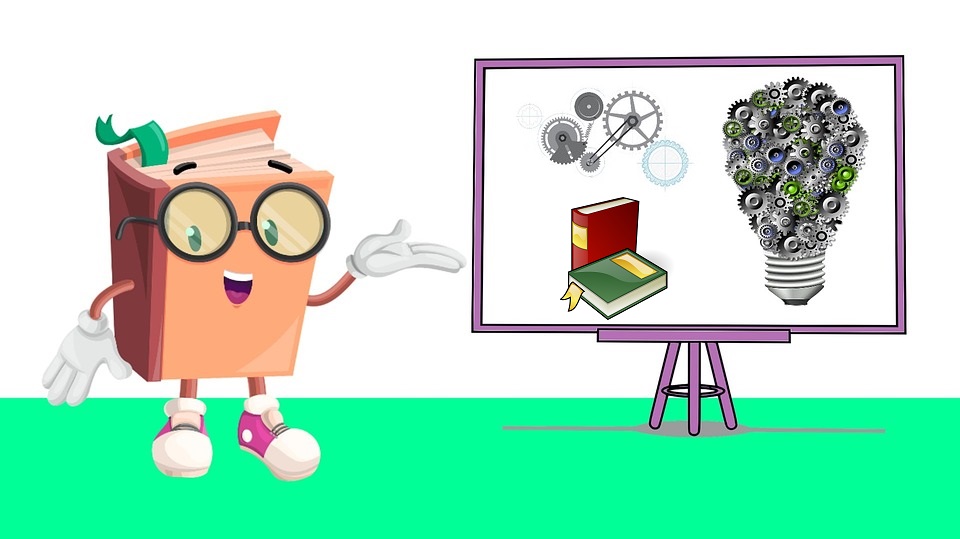Investing in Psychological Capital- Maximizing Yourself and Your Talent Pool
– Written by W. Coby Milne – Director of Roman 3 Operations
I have an incredible investment opportunity for you. I’m asking you to consider investing in Psychological Capital, also known as PSYCAP. PSYCAP is a form of capital that involves the personal resources people bring to their jobs.
Now, before you dismiss this as a type of investment scam, stop reading and close this article, hear me out.
An investment in your own Psychological Capital, and in the Psychological Capital of those who work under you, can create amazing personal, professional and financial return.
Hopefully, I kept your interest. Let’s see where this journey takes us.
A little about me
In my work history I used to teach Workforce Navigation and Psychological Capital development to unemployed and under-employed people in Nova Scotia’s rural Annapolis Valley. I now provide corporate training to industry, governments, and nonprofits. My students former were going through different levels of career transition and are all trying to be more competitive job candidates and stronger employees. My former students are probably the most diverse that you can imagine in terms of education, skill set, cultural background, disabilities, age, and career goals. So when I say this is a universal investment opportunity, I mean what I’m saying.
The focus on Psychological Capital in my work came from a shift in the culture from where I used to work. Our focus used to be to make people really good at finding jobs, but as we started to support more services for business, we realized that we were only making good job seekers, not good employees. This led to my team re-evaluating our approach and methods. We ended up throwing out everything we took as standard practice and completely starting over. This led to copious amounts of academic research and a wide range of business needs assessments. All of this investigation led us to a unanimous conclusion. We found that in order to increase the capacity and employability of employees, we needed to increase their value add (capital) in the job market.
This is the basis for the concept of Human Capital: the economic value of an employee’s skill set. So the new question was the simplest, yet most difficult: How? How can we increase people’s capacity and employability, in a meaningful and efficient way?
Investing in people
This is what led us to the concepts of Psychological Capital. Psychological Capital is simply understood as the positive union between the cognitive skills of Hope, Efficacy, Resilience and Optimism (easily remembered as HERO). The idea is if you can build and strengthen these skills in yourself or your business, you can significantly increase your competitive advantage in your marketplace (business or job), embody the concept of “Work Smarter, Not Harder” and considerably increase achievement capacity.
This new found information and direction was a real game changer for both our students’ efforts and our own careers. Our employment rate for students jumped from around 65% to a little over 80%, but most significantly, our employment retention (the ability to keep a job for at least the length of the probation period) jumped from 68% to 93%! This success was consistently reinforced with multiple iterations of our training program, delivered to almost 150 students over a two year period.
With a focus on Psychological Capital, the graduates of our program were more quickly promoted than in past programs, they reported much higher job satisfaction, and were able to recover from jobs that didn’t work out and find another job much faster.
How do you build these skills?
This is a much more complex question. In building our program, curriculum and research models, we were fortunate to have a diverse team. We had people with extensive HR backgrounds, expertise in business services and needs assessments and, my value add, cognitive skill development. The specific details are too much to include in this article, but feel free to contact me with any questions you have.
What I can share at this time are our guiding principles. These were the foundations for every step along the way.
Hope Theory – (Hope)
Create a culture that supports two basic, yet essential ideas.
-
Pathways – There is more than one way to achieve a goal and success looks different to different people.
-
Agency – You have the capacity to effect change. Your actions and efforts matter; in fact they are often all that does
Experiential Learning (combined with Flooding) – (Efficacy)
While I’ve covered this elsewhere (Three Essential Elements for Effective Training), it’s worth revisiting the three key approaches to adult learning:
-
Rote learning– focuses on learning specific content, understanding steps and processes, for example, how to format a resume.
-
Reflective Learning–working with information and ideas to get students really thinking about themselves, their pasts and their biases. This approach provides perspective and hopefully will encourage growth. A sample of reflective learning would be considering how negative thinking and biases hurt mental resilience.
-
Experiential Learning–where students are immersed in the learning and experiencing the value of the tips, knowledge and understanding they’ve gained. One example of experiential learning would be mastering the steps for high level problem solving by making a survival plan after a theoretical plane crash.
Our program utilized the best learning approaches to meet the students’ needs in achieving our training outcomes. We wouldn’t use experiential learning just because it was fun, we would only use it if it had real value in helping learners learn. We combined experiential learning with a process used in Cognitive Behavioural Therapy, called flooding. Flooding involves getting people to move out of their comfort zones by placing them in situations where they need to push themselves beyond their usual limits. An example might be building conflict resolution skills using specific scenarios and increasing the complexity of the scenes to go beyond the normal, typical situations they would commonly encounter. If they can handle the most challenging scenarios, then the everyday ones will seem easy by comparison. The principle is similar to practicing lifting weights that are heavier than you need to lift, so when you are lifting your targeted weight, it seems much easier.
Let Yourself Fail – (Resilience)
We did a lot of research around Growth Mindset and rewarding the making of an authentic effort over the achievement of results. Growth Mindset is a concept best described by researcher Carol Dweck, who said, “people believe that their most basic abilities can be developed through dedication and hard work—brains and talent are just the starting point. This view creates a love of learning and a resilience that is essential for great accomplishment.” The theory goes that failure is a mindset, not an inevitable outcome. In a Growth Mindset, failing is not seen as the mistakes or the wrong choices we make. A failure is framed as letting the mistake or the wrong choice define us.
Realistic Expectations – (Optimism)
We may have been told things in life like, “if you can dream it, you can do it” or “shoot for the moon and even if you miss, you will end up among the stars.” These motivational quotes sound nice, but can do more harm than good. We need to accept the reality of our situations and be realistic with our optimism. Our role as trainers and educators is to help our students recognize their strengths, assets and professional value, but also realistically see their baggage, limitations and weaknesses. Our students need to know and accept all of these aspects of themselves as the cards they’ve been dealt. With this knowledge, they can start to play their best hand.
Improve your efforts moving forward
Throwing out our previous work and questioning the foundation and guiding principles of our industry was a huge risk and, to be honest, pretty scary. But even we couldn’t predict the positive impact it had on our students. Also, we’ve consulted with other organizations and businesses on their professional development efforts, and encouraged them to consider incorporating a PSYCAP focus. They’ve reported great successes and momentum building, plus a renewed structure for intentional training.
Teaching to build PSYCAP is all about maximizing the potential of the learners. You don’t have to hire for talent if you can build it in house. Instead of being a hunter and gathering new talent, farm the talent you currently have and grow it to feed the success of your business and your efforts.
Roman 3 is an advising and solutions firm that specializes in inspiring progressive action, creating a culture of innovation, and assisting organizations in implementing transformative change. We help you build capacity, collaborate, be progressive, and grow to your full potential. For more information on our services and support check us out at www.roman3.ca


